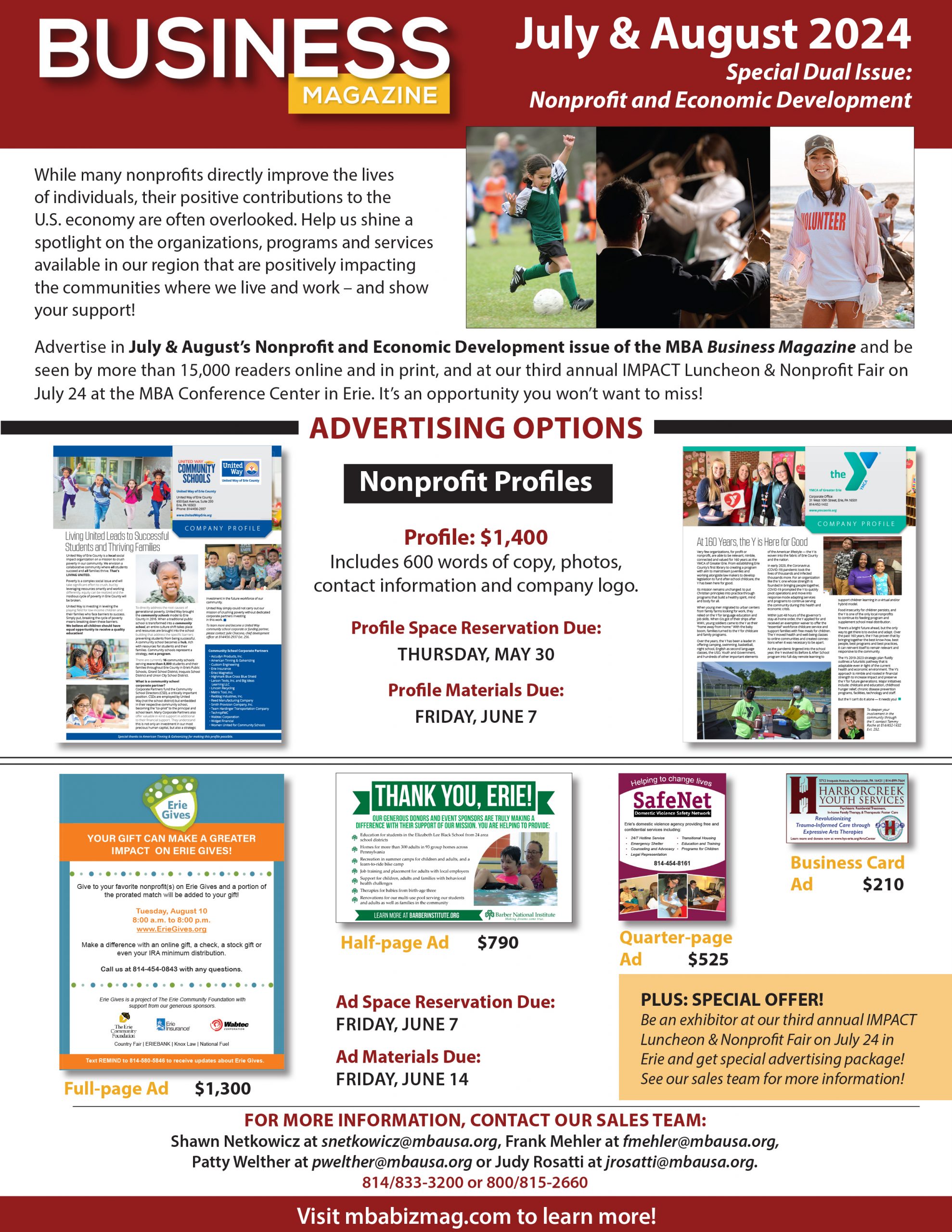While peering through the looking glass to see the U.S. economy, one area that deserves a hard look is the health-care spending forecast.
“Overall health-care costs — including all private and public spending — are anticipated to rise by an average of 5.5 percent per year over the next decade… .”
— “Healthcare Costs for Americans Projected to Grow at an Alarmingly High Rate” by Peter G. Peterson Foundation, May 1, 2019
Forecasts like that make us want to throw our cards down and say, “I’m out.” Health-care costs drive the cost of health insurance, which is always a top concern for businesses. Insurance is an important benefit to retain and attract workers and that will not go away. There is no one silver bullet to constrain health-care costs, but there are actions employers and employees can take.
According to Paul Keckley, Ph.D., here are the five main drivers of health- care costs:
- Increased utilization due to aging, population growth and social disparities.
- Unit prices for drugs, devices, specialty care and hospitals.
- Volume-based incentives for providers — the more they do the more they are paid.
- Lack of transparency regarding prices, costs and business relationships.
- Consumer ignorance and passivity.
Employers and employees cannot do much about Nos. 1 through 4 but can act on No. 5. Consumers are ignorant and passive by habit because for years we have been shielded from the true cost of health care by the “third-party payers” — someone else who pays the bills.
The challenge for employers and employees is to become educated on health care or health-care literate. Just as the pandemic has pushed all to learn about e-commerce, develop virtual meeting skills and use telehealth medical services, we must push ourselves to become health-care literate.
“Attention to and investment in health literacy is woefully inadequate in the U.S. system. Though nine of 10 adults say they have difficulty using everyday health information routinely available in clinics, hospitals, retail outlets, social media, and communities, little progress has been made.” — Paul Keckley, Ph. D., The Keckley Report,
September 28, 2020
The reasons to develop health-care literacy grow more compelling every day. As the cost of health insurance spirals, employers have no choice but to shift more costs onto employees and use high-deductible plans. Out-of-pocket costs, premiums, co-pays and deductibles increase for employees. If you do not have a high-deductible plan now, you may have one soon.
“Twenty-eight percent of all covered workers and 45 percent of those in small companies have high deductible plans with a $2,000 or higher deductible requirement…” — The Keckley Report, Survey Result: U.S.
Employers taking Health Matters into their Own Hands, September 30, 2019
When we pay more of our own bills, we have more decision-making power, more responsibility and accountability for costs and choices. It is in our best interest to learn where the costs come from and what we can do about them. Health-care literacy enables us to engage in our own health care.
The Manufacturer & Business Association, for one, is on the fast track to become a leader in health-care literacy. Visit the MBA’s new Government Affairs website at https://www.mbausa.org/services-andbenefits/
government-affairs/ and click the Government Advocacy tab to view our
newest free resource, Health-Care Costs: A Resource for Employers and Employees.
Progress won’t happen overnight but will be a slow and steady cultural shift over the next decade. So, let’s get started!













